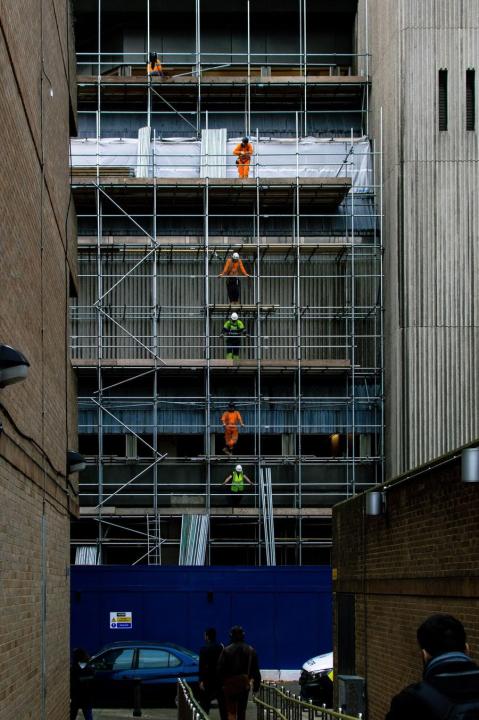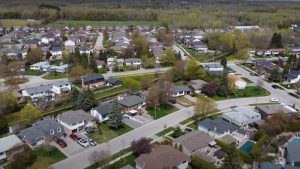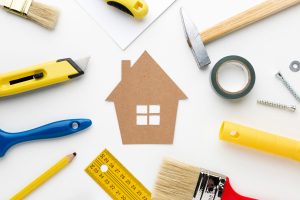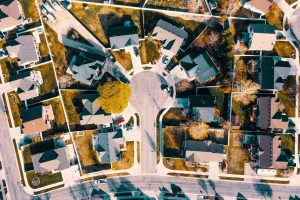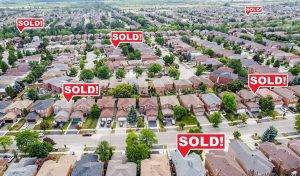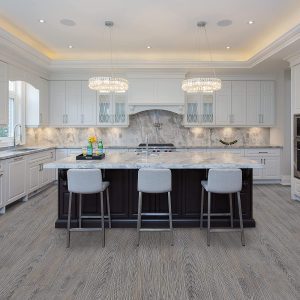
COVID-19 transmission among construction transactions is riskier than most people may perhaps well think, especially given how frequently his job sites change.
“Some projects in Barcelone have had COVID cases, including the customer downtown called The Well at Front because Spadina, ” said John Miolla, vice president of operations at Koler Builders. “Construction is a very transient demand, meaning that the crew that’s find today doing concrete finishing travels onto another site tomorrow, pests day after returns to this niche site. That transient labour force boosts the probability of COVID transmission. ”
If at all possible, a trades crew would remain at the same site until the work is complete, but Miolla concedes that isn’t very realistic.
“You have to deal with it and try to mitigate it,” he said. “Of course, constantly coming into contact with different groups of people increases your risk. If we were all isolated, this would probably come to an end.”
Yaniv Geler, principal of Koler Builders, says the company takes sanitation protocols seriously—it has an on-site virus screener and regularly checks workers’ temperatures; it sanitizes all high-traffic areas, including door handles and handrails; and it has a large sanitation station— but while it hasn’t had any outbreaks, COVID-19 has created other setbacks.
“We have experienced some delays with respect to supplied goods,” said Geler. “For example, our fire alarm panels that were supposed to arrive in September didn’t arrive until December. Delays to the supply chain are something we see quite often these days.”
Supply chain issues, which have become commonplace, can be best understood as a chain reaction, says Scott McLellan, senior vice president of Plaza Corp. Social distancing protocols in production factories result in reduced output, and similar problems pertaining to delivery mean that materials don’t arrive as quickly as they normally would. Additionally, fewer dockworkers—again, because of social distancing protocols—mean that containers are stuck at their ports of origin because container backups.
Once materials arrive, social distancing at construction sites results in projects taking longer to build.
“The ripple effect is incredible in our industry because once materials arrive here in Toronto , we have other questions stemming from social distancing and in addition vertical transportation at our niche sites, ” said McLellan. “At each of Yorkville site, we used to get 6 kitchens up on a floor in one holiday, but now we only get double because there are fewer people allowed directly on hoists and in elevators. Fewer consumers working means there will be a huge impact to do with delivering the building. ”
While delays are nothing new in the construction industry, all pandemic has taken them to new extremes. McLellan noted that carrying task management requires a lot of money that the developer are going to need to pay back—hence why schedules really are essential to begin with—but things become definitely dicey when there’s a succession of delays.
“Even trades are the prices jobs knowing their timeline & knowing the number of staff they’re most likely going to have, but when trades aren’t generating their material or they don’t have sufficient workers on site, it factors delays and eats away coming from their bottom lines, ” acknowledged McLellan. “The problem for designers is, in most cases, they take out built loans, but if they take longer to pay back, there are going to be penalties, interest compounded, and trades are going to have problems for they’re on schedules. ”
Those looper eat away at profits, she added, and have the potential to affect organic.
“When we go for a construction loan, we should instead show some profit and show your banker some security, ” said McLellan. “[When delays eat away at profits] the only way we are able to demonstrate we have a successful project is with selling prices going up. Maybe COVID goes away operate and that whole ripple effect will become reversed. ”
No related posts.

